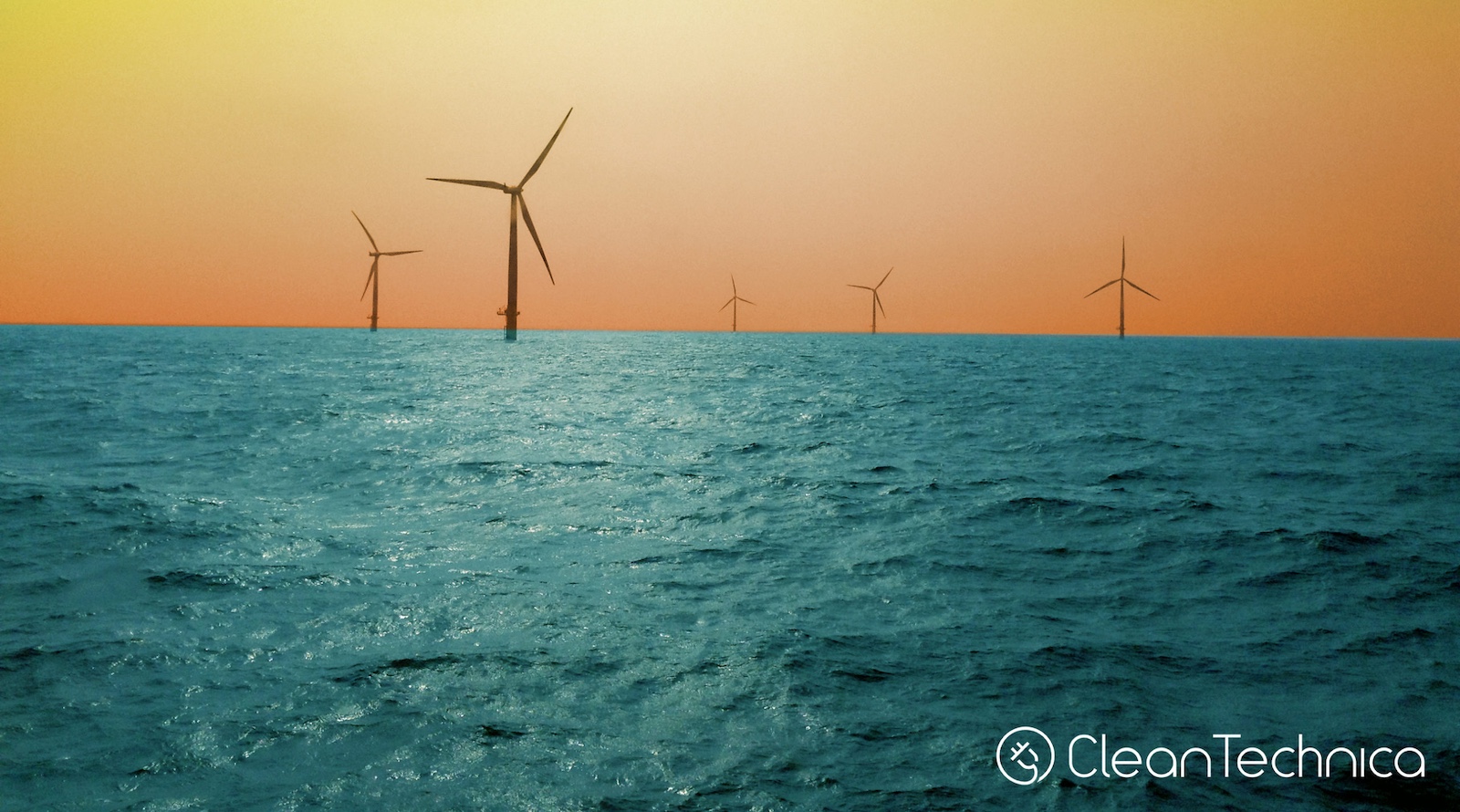Last Updated on: 6th June 2025, 04:11 am
Offshore wind power comes with some big benefits. It’s not as cheap upfront as solar power or onshore wind power, but it also comes with some strong benefits. I recently sat down with Susan Muller, a Senior Energy Analyst with the Union of Concerned Scientists (UCS), to talk about some of these benefits. Enjoy the conversation below, or on your favorite podcast network (links below).
You can listen to this podcast on Apple Podcasts, Spotify, SoundCloud, Overcast, Pocket, Podbean, or Radio Public.
Here’s more in text from UCS regarding offshore wind power’s benefits and potential:
“The ‘fuel’ for offshore wind is free, which means its operating costs are very low. When offshore wind is connected to the grid, this low-cost energy supply enters the wholesale energy market, where it lowers the price for all energy sold in the market. (This ‘merit order effect’ magnifies the benefits of that free fuel many times over; a 100 MW project connected to the PJM system could lower the price of 100,000 MWh of energy in any given hour.) The more offshore wind we connect, the greater this effect will be.
“Put another way, offshore wind can reduce the need for peaker plants. In wholesale electricity markets, peak power costs set the price for the whole market — typically, that’s gas-powered peaker plants that spin up when demand is especially high. By adding more energy supply, offshore wind helps make sure those peaker plants don’t have to turn on, which keeps the overall wholesale market price down. (By reducing some of that demand for gas in power plants, offshore wind also puts downward pressure on gas prices.)
“New England case study:
“New Englanders pay some of the highest electric rates in the country, and this past winter was the most expensive in over a decade. We paid over $4 billion just to keep the lights on for three months (Dec–Feb). The biggest driver of that was the cost of the gas that our gas plants needed. (On some days, they were burning nothing but foreign LNG, which is incredibly expensive.) At the same time, there was an enormous amount of offshore wind energy blowing off our coast for most of the winter. If all that offshore wind energy had been added to the grid, the cost would have been much lower.
“Some version of this pattern happens every year in New England, with winter cold snaps driving massive increases in energy demand — and energy prices, as shown by a 2023 RENEW Northeast study.
“In the absence of offshore wind, grid operator ISO New England has had to resort to extremely expensive ‘winter reliability’ programs to make sure that energy supply can keep up with demand during cold snaps. Those programs have cost close to $1 billion over the past three winters. Offshore wind offers a more affordable way to protect grid reliability. […]
“Offshore wind is an abundant and local energy resource in New England, and adding it to our power supply will give us some relief from the crushing electric bills that people are currently experiencing.”
Indeed.

Sign up for CleanTechnica’s Weekly Substack for Zach and Scott’s in-depth analyses and high level summaries, sign up for our daily newsletter, and follow us on Google News!


Whether you have solar power or not, please complete our latest solar power survey.
Have a tip for CleanTechnica? Want to advertise? Want to suggest a guest for our CleanTech Talk podcast? Contact us here.
Sign up for our daily newsletter for 15 new cleantech stories a day. Or sign up for our weekly one on top stories of the week if daily is too frequent.
CleanTechnica uses affiliate links. See our policy here.
CleanTechnica’s Comment Policy

